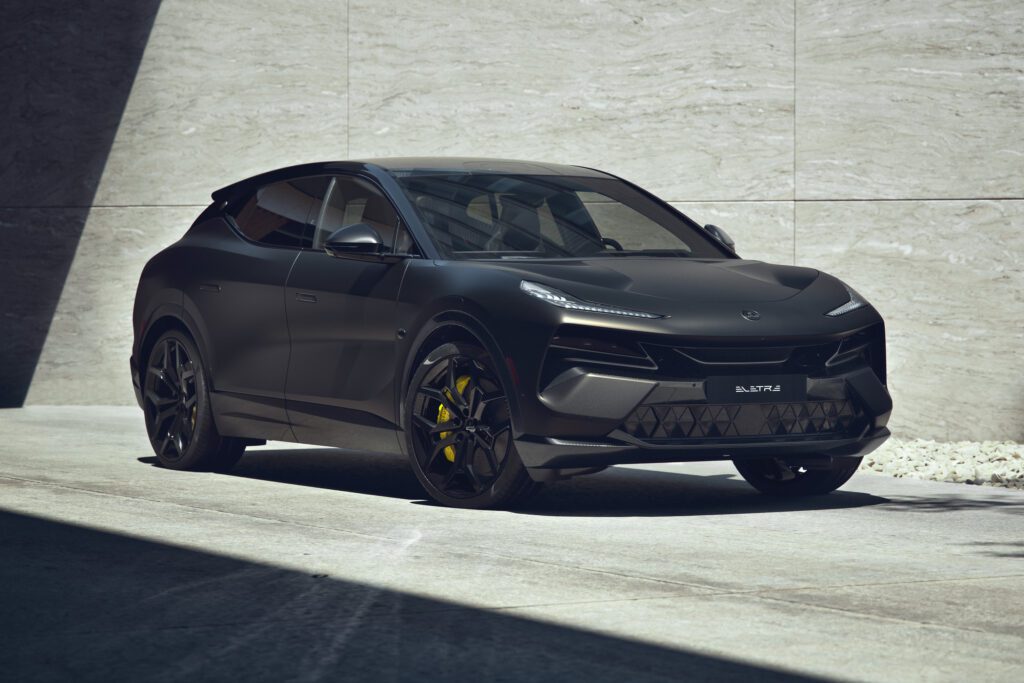The Lotus brand isn’t as well known in the United States as Honda or General Motors. It has stuck to building enthusiast vehicles only since its inception in 1952 when design engineer, inventor and builder Colin Chapman founded the company.
In those days, simplicity and lightness were the keys to success. Lotus sold cars aimed at private racers and time trial competitors.
Its first road cars were sold as kits to save buyers on sales tax.
The first car Lotus sold not in kit form was the Elan Plus Two, which was followed by the Eclat and Elite. For those cars, the company relied heavily on the use of fiberglass to keep its vehicles light and quick.
The simplest passenger car the company ever built was the Lotus Seven, originating in the 1950s as an open-top two-seater. It was produced into the early 1970s until Lotus sold the rights to produce the Seven to Caterham, which still produces the car today.
After the Seven, Lotus moved upmarket with its models, adding optional things like air conditioning and automatic transmissions, but still focusing on the simple pleasures of driving.
The first new Lotus car to arrive in North America was the Evora, bought by a businessman from North Austin, Texas in 2010. Since then, the continent has become extremely important to the British brand, which now owned by Chinese conglomerate Geely.
The corporation also owns Volvo, Polestar and Smart, among others.
Lotus Eletre Carbon front view. The Lotus Eletre Carbon comes standard with all-wheel drive.
Lotus Eletre Carbon front view. The Lotus Eletre Carbon comes standard with all-wheel drive.
Lotus
Its latest-to-market model is the Lotus Eletre Carbon electric SUV. This fresh take on the Eletre has been specifically designed for North America with new interior colors, interior designs and a satin black paint finish.
Its other new battery-electricmodel, a rare sedan from the brand, will also be sold in U.S. and Canada. The Emeya offers four- or five seats and up to 905 horsepower.
“America represents one of the world’s largest and most diverse automotive markets. It’s already the largest market for Lotus in terms of sports car sales, and for Lotus to grow, it’s the right place to have a lifestyle-focused offering for SUVs and luxury sedans. We recognize the U.S. as a natural hub for automotive enthusiasts and believe the U.S. consumer is culturally ready for the new era of Lotus,” president of Lotus USA, Max Trantini told Newsweek.
“In our last earnings call, we announced that the US market recorded exceptional growth and contributed to 26 percent of our deliveries worldwide. We are excited to broaden our product offering for our customers through the introduction of new, ultra-luxury models such as the Eletre Carbon.”
On the surface, the company seems to be moving away from simplicity and lightness with heavy battery-electric powertrains at the core of its new vehicles. Lotus says those two principles are still the core of its heritage, but the key is just to create a unique driving experience.
Lotus Eletre Carbon interior. The Lotus Eletre Carbon, like most modern vehicles, comes with a central touchscreen infotainment system.
Lotus Eletre Carbon interior. The Lotus Eletre Carbon, like most modern vehicles, comes with a central touchscreen infotainment system.
Lotus
“Our design manifesto is encapsulated in three principles: Digital, Natural, and Analogue, which guide all future Lotus vehicles. The Digital aspect focuses on intelligent, intuitive experiences. Natural centers on human-centric, emotionally connected design, and Analogue represents our ongoing advancement of precision performance engineering. With these core principles in mind, we ensure that our EVs still offer the performance, handling, and overall driving experience of a true Lotus car,” said Trantini.
“Even with the added weight of EV architecture, our Eletre SUV still feels sporty and nimble, while being functional for everyday use,” he said.
Prices have risen to supercar levels in this new era of electrification as the brand has positioned itself against high-end sports cars. That Lotus Eletre Carbon is $229,000 USD and the forthcoming Emeya sedan is also expected to start around $100,000 USD. Its Evija electric supercar is more than $2 million USD. The gasoline-powered Emira is its least expensive vehicle at $77,000 USD.
These Lotus products need to be both functional and sporty. Many of its customers come from affluent socioeconomic backgrounds, but not all. Most share a passion for driving and for the heritage of the brand. Lotus keeps that enthusiasm going through local car clubs around the country and says that the Emira, its last gasoline-powered vehicle, is expanding that.
“Whether longtime fans or new owners, our customers are drawn to Lotus because the brand represents something unique and, ultimately, is for the drivers. They fully resonate with the brand’s DNA,” said Trantini.
Source link : http://www.bing.com/news/apiclick.aspx?ref=FexRss&aid=&tid=670a4a875e28431b9ab5c60200961eb9&url=https%3A%2F%2Fwww.newsweek.com%2Flotus-betting-big-models-made-america-1966098&c=15531278764837059363&mkt=en-us
Author :
Publish date : 2024-10-11 23:00:00
Copyright for syndicated content belongs to the linked Source.
